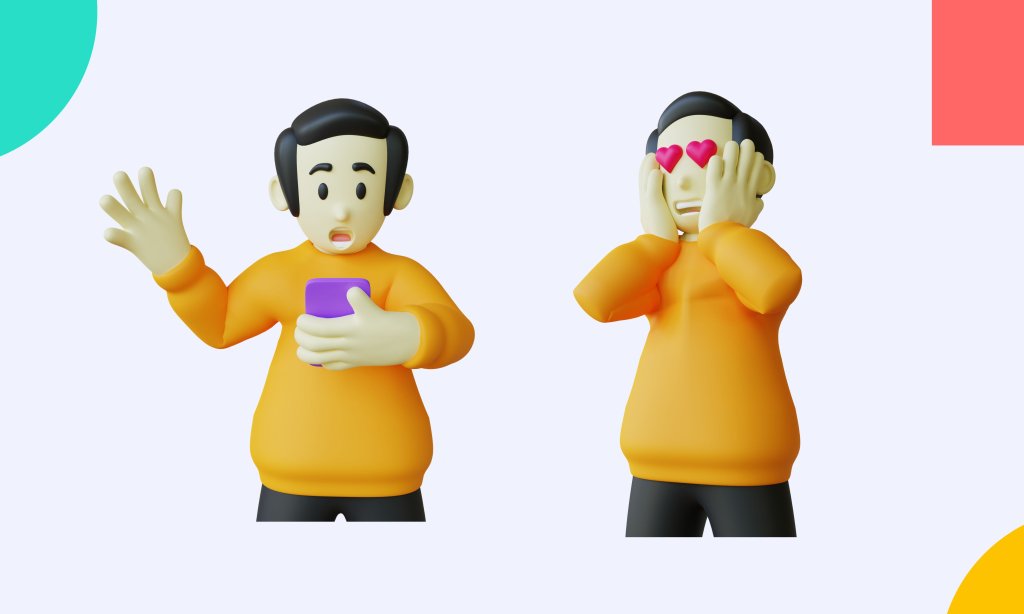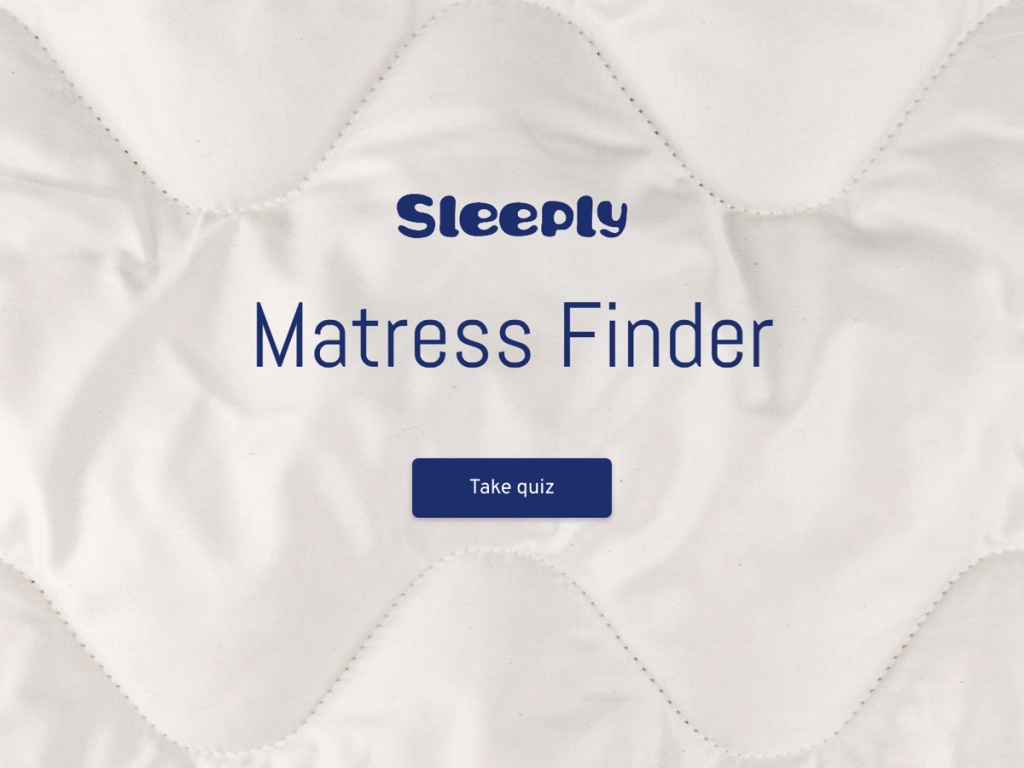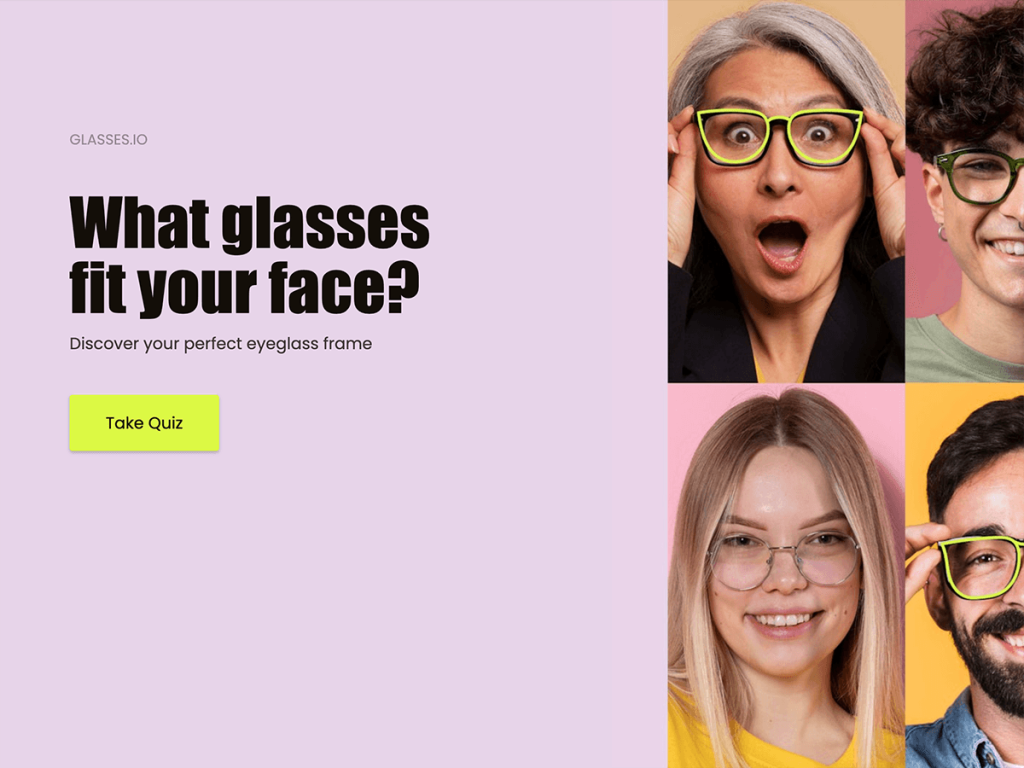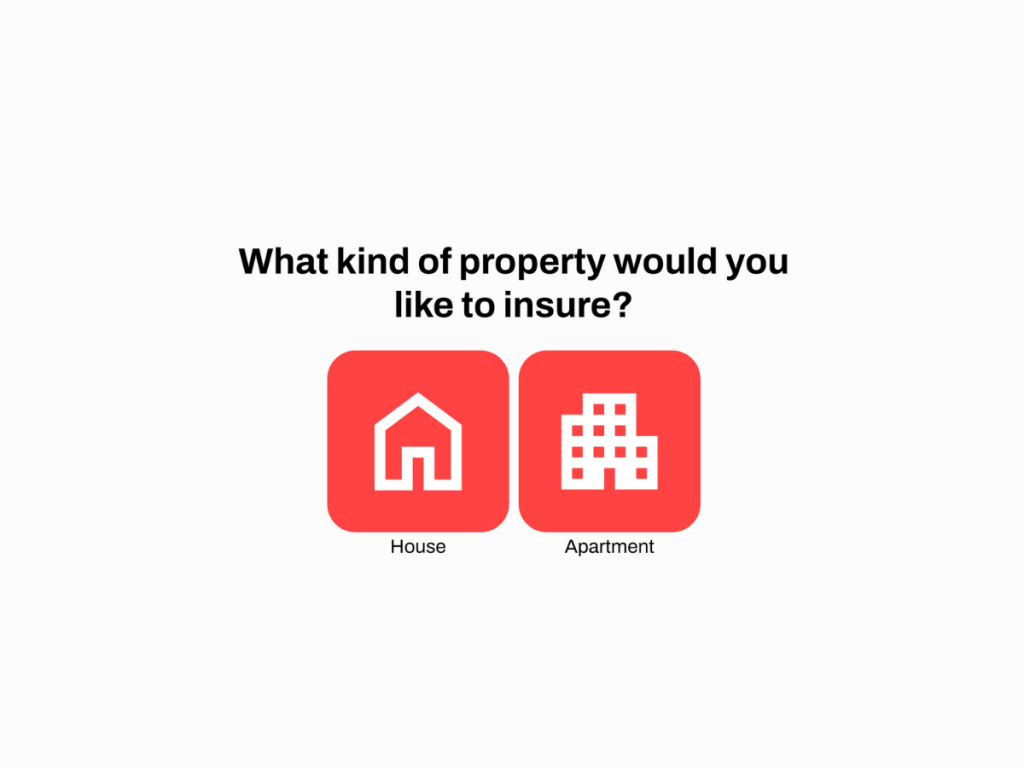To encourage customers to purchase more items from your extensive product catalog, it's essential to ensure that they are aware of what you have to offer.
The secret lies in strategic use of product recommendations.
Fact: A well-crafted product recommendation can prompt nearly 49% of customers to make impulsive purchases.
So, if you're not capitalizing on this powerful strategy, you're basically leaving money on the table.
In this article, we will share some hacks for upselling with product recommendations and driving your sales in no time!
How Do Product Recommendations Influence Customers? (Proof with Statistics)
Have you ever taken a quiz or noticed product recommendations that pop up while shopping online? The reason why the biggest brands in the world recommend us their products based on our criteria is simple: it works.
Sephora's Lip Finder quiz is a perfect example of how product recommendations work. The quiz generates a list of lip products that match your unique style. To get recommendations, you just need to answer a few questions about your lip color and texture preferences. And the best part? Customers love these personalized recommendations.
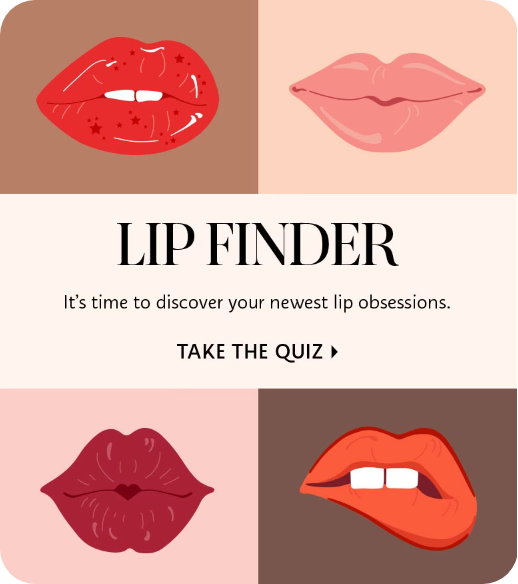
Still in doubt? Check out these compelling statistics:
Personalized product recommendations make up nearly 35% of all purchases on Amazon.
When shoppers click on a suggested product, they're 4.5 times more likely to complete the purchase at checkout.
37% of shoppers who clicked on a product recommendation returned to the website later.
An overwhelming 75% of customers are more likely to buy personalized product suggestions.
Despite these impressive numbers, many businesses still miss out on this lucrative revenue stream.
Top Product Recommendation Hacks (+Examples)
It's not too late to jump on the bandwagon! Now I will share some amazing product recommendation hacks that can motivate your customers to purchase more items or higher-priced products.
Best Selling Products
The Pareto principle suggests that 20% of action produces around 80% of results. In the context of marketing, this means that 80% of revenue is typically generated by just 20% of products. This principle applies to almost all online businesses, where the top-selling products are the main source of revenue. To capitalize on this, it is recommended to develop a strategy that highlights your bestsellers to visitors.
You can get creative by adding banners on your homepage, opt-ins, or even using the sidebar to recommend your top products.
Just look at MyProtein - they're killing it with this strategy by highlighting their best-selling activewear:
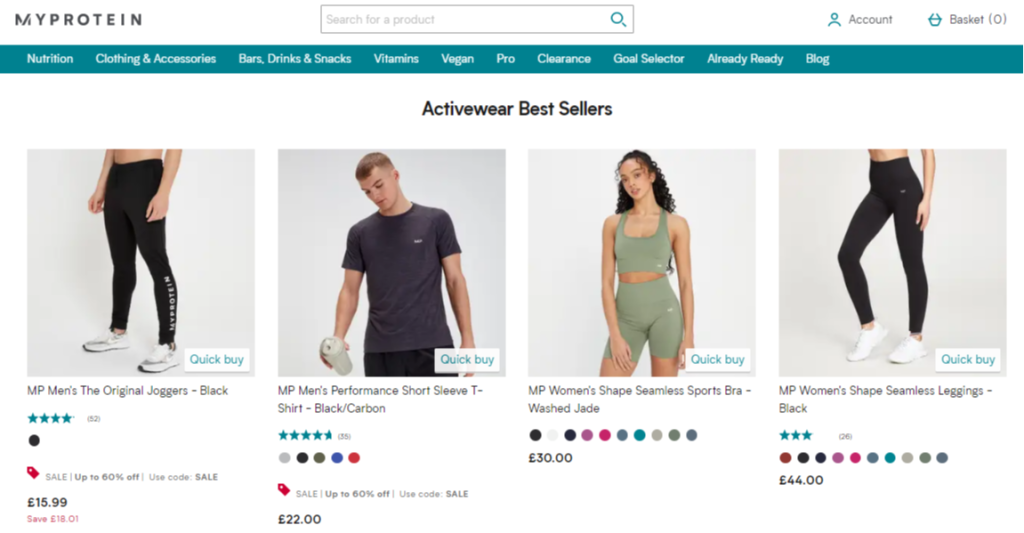
New Arrivals
A good tactic to recommend products to your website visitors is to showcase your latest products. Informing your customers about your newest products will generate excitement and boost sales, especially in the first week after a product's launch.
DKNY's product recommendation strategy shows how this can be done successfully. Each season, DKNY releases a collection of new arrivals that capture the latest trends while staying true to its brand identity. From stylish dresses to chic handbags, fashion-conscious shoppers eagerly await DKNY's new arrivals.
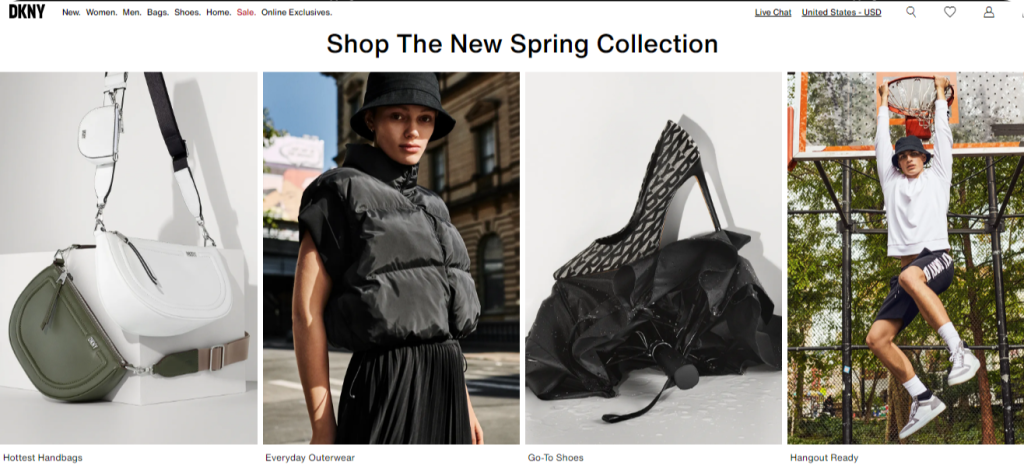
Frequently Bought Together
The Fear of Missing Out (FOMO) is real and can nudge customers into action. Savvy marketers know just how to use it to their advantage. You can also tap into this phenomenon and recommend products in a clever way, also known as "Frequently Bought Together."
Let's say a customer buys a pair of trousers from your online store - you can display a section of frequently purchased items such as shirts, tees, or shoes that pair well with the trousers. Placing this section on the product page can grab customers' attention and entice them to buy.
Amazon's product page for a Nikon camera showcases this technique by offering a case and a memory card. When customers see that others are buying these products along with their chosen item, they may feel compelled to do the same.
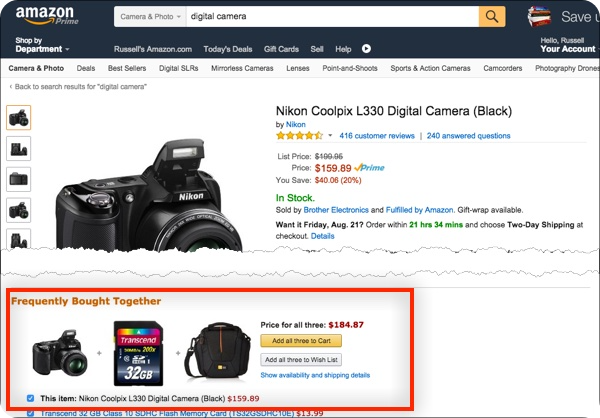
eCommerce brands can also use this hack to showcase their latest offers, leading to more sales as shoppers discover interesting products that complement their needs and buy more than they initially planned.
Checkout Recommendations
At the checkout stage, you can suggest products to your visitors to increase the value of their cart. Promote a product and highlight its benefits creatively, and this will leave a lasting impression on the user.
You can, for instance, display a "Recently Viewed" section that recommends products that customers have viewed in your store, similar to Etsy.
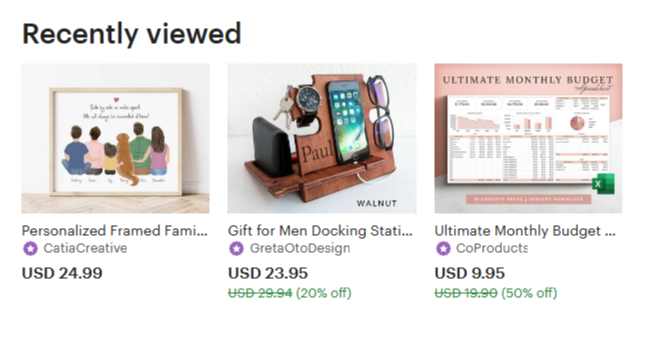
Another way to keep customers engaged and reduce page drop-offs is by using a "You May Also Like" product recommendation widget, which shows similar products to what they've already shown interest in. Shopify uses this technique to suggest similar products to customers based on browsing and purchasing history.
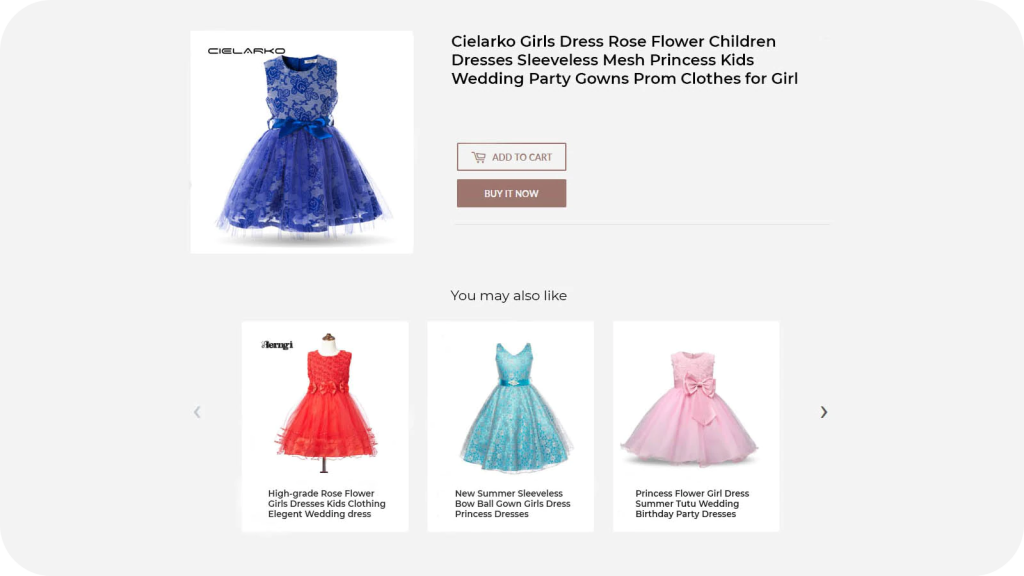
Personalized Product Recommendation Quizzes
When it comes to upselling, quizzes can do wonders. These quizzes suggest relevant items tailored to the customer's preferences based on a series of questions.
IPSY's beauty quiz is a prime example of such a quiz that offers tailored recommendations for skincare and makeup products. This approach improves the shopping experience and fosters higher levels of customer satisfaction and loyalty.
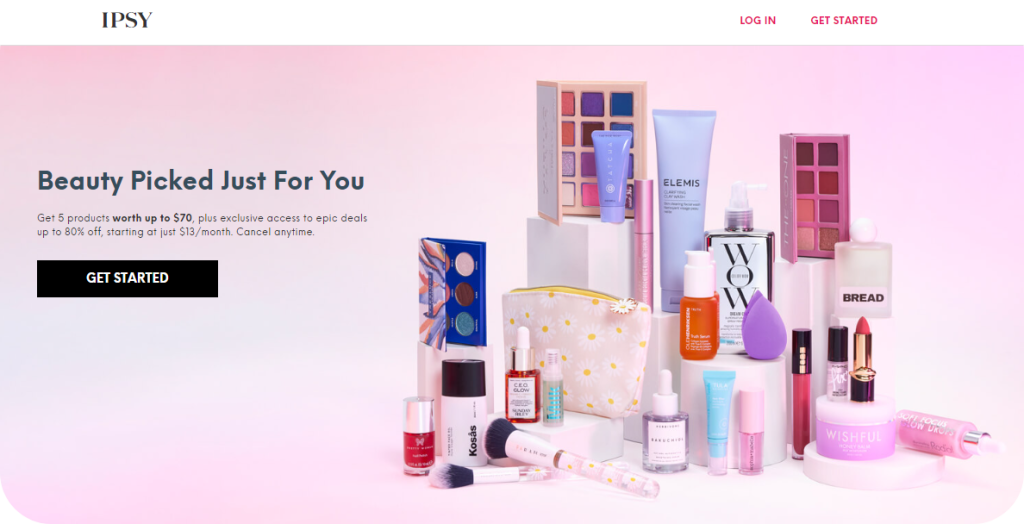
You can easily build a product recommendation quiz for your website using a no-code builder like involve.me. Grab a template and get started.
Create Your Own Product Recommendation Quiz
With 300+ Templates
What Mattress Is Best For You? Template
B2B Product Finder Template
Glasses Recommendation Funnel Template
Home Insurance Finder Quiz Template
Strategies for Maximizing Upsell Opportunities
Have you ever considered how upselling with relevant recommendations can benefit both businesses and customers? It's a simple equation: businesses can increase their revenue, and customers can enjoy personalized experiences and cost savings.
But now that you know all about the different product recommendation hacks, how can you really make sure your products are flying off the shelves? Yes, I am talking about some fantastic strategies you can use to make the most of this mutually beneficial approach. Let’s discuss them one by one:
Add Trust to Your Products Via Reviews and Rating
Imagine you're browsing Netflix for a new movie to watch, and you stumble upon a film with excellent reviews and high ratings. You will definitely watch that movie because other people enjoyed it and recommended it.
Similarly, businesses can increase upsell opportunities by showcasing positive product reviews and ratings. Businesses can increase the trust of potential customers in their products by highlighting customer satisfaction and, ultimately, increasing the likelihood of a sale.
TripAdvisor, the popular travel review website, allows users to leave reviews and ratings for hotels, restaurants, attractions, and other travel-related services. These reviews and ratings are displayed prominently on the website.
When potential customers come across a positive recommendation with good reviews and ratings, they opt for those services. This has helped TripAdvisor establish a reputation for being trustworthy and reliable, making it a preferred source for travel planning.
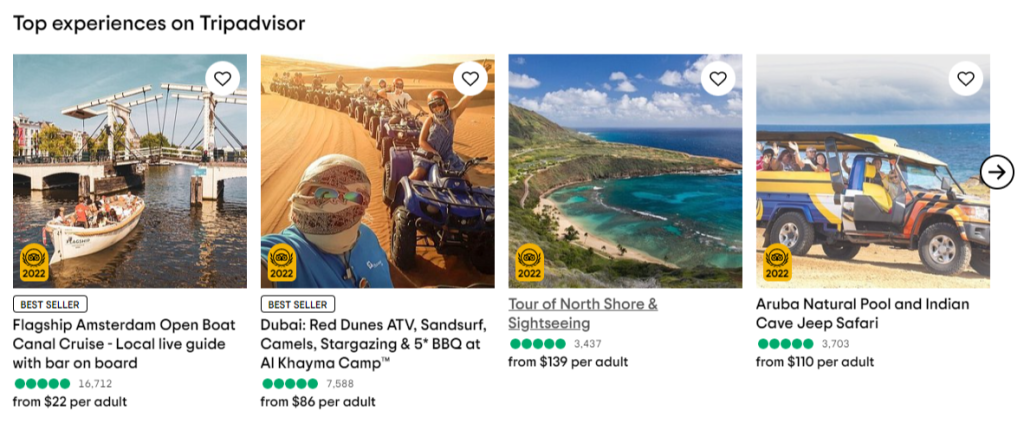
Offer Free Shipping
Did you know 9 out of 10 online visitors would be more likely to shop online if brands offered free shipping? This is because high shipping cost is a common reason customers abandon their carts during online shopping.
However, businesses can maximize their upsell opportunities by offering free shipping for orders over a certain amount. This strategy can encourage customers to make additional purchases in order to meet the threshold and qualify for the free shipping offer.
An example of a company that successfully implements this strategy is Walmart. This retail giant has some amazing free shipping offers for its customers:
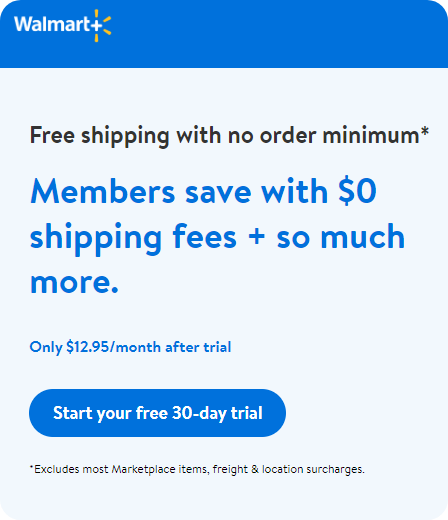
Give Discounts On Recommended Products
"Never underestimate the power of a good discount - it can make even the most useless thing seem irresistible!"
So, you can offer discounts and special offers on recommended products and persuade customers to purchase.
For example, Amazon uses this strategy by displaying relevant products under the "Frequently Bought Together" section on a product page. Customers happily add additional products to their carts when they see discounts on complementary products.
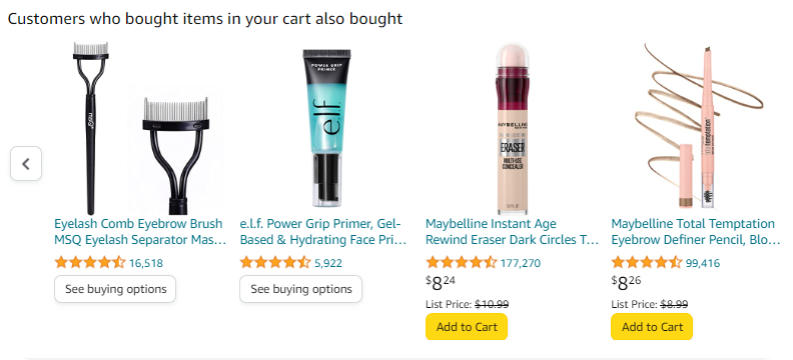
Use High-Quality Images
You must have heard the saying "a picture is worth a thousand words"? Well, if we talk about eCommerce, it might be worth even more! Our brains process images much faster than text, which is why clear, detailed product images from multiple angles can be a game-changer for online shopping.
To really see the impact, have a look at these two product photos side by side.
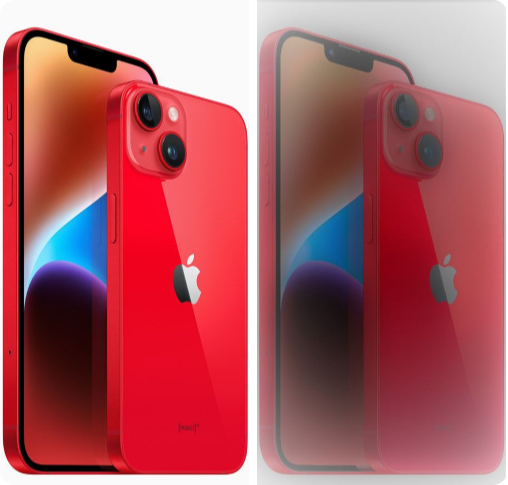
Which one catches your eye? I bet you are drawn to the first one like most people. It's amazing how a well-crafted image can increase your desire to buy a product.
Provide Limited-Time Offers or Flash Sales
Limited-time offers or flash sales are a great way to add excitement and fun to the shopping experience. By creating a sense of urgency and making limited-time offers, you can persuade customers to make a purchase they may not have wanted before.
And let's be honest, who doesn't love a good deal? Customers use this opportunity to score some great discounts and feel like they're getting more value for their money.
Take, for example, Destiny USA's flash sale of 25% off. This offer is only available for a limited time, so customers have to act fast.
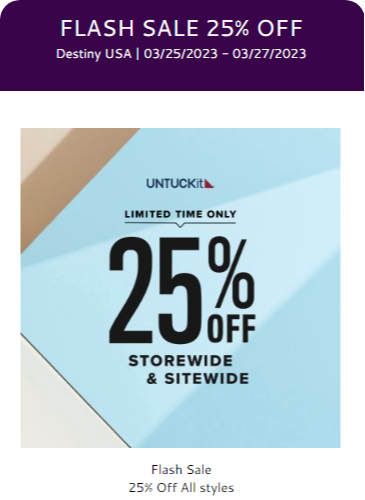
Wrap Up
An effective product recommendation strategy is essential for any eCommerce store. We have discussed some useful product recommendation hacks that can improve your customers' shopping experience, increase your conversion rate, and boost your average order value.
So, it is time to implement these strategies on your website and personalize them to cater to your customers' needs. Doing so can create a seamless and tailored shopping experience that will lead to higher sales and customer satisfaction. Start implementing these hacks today and watch your sales soar. Happy upselling!

